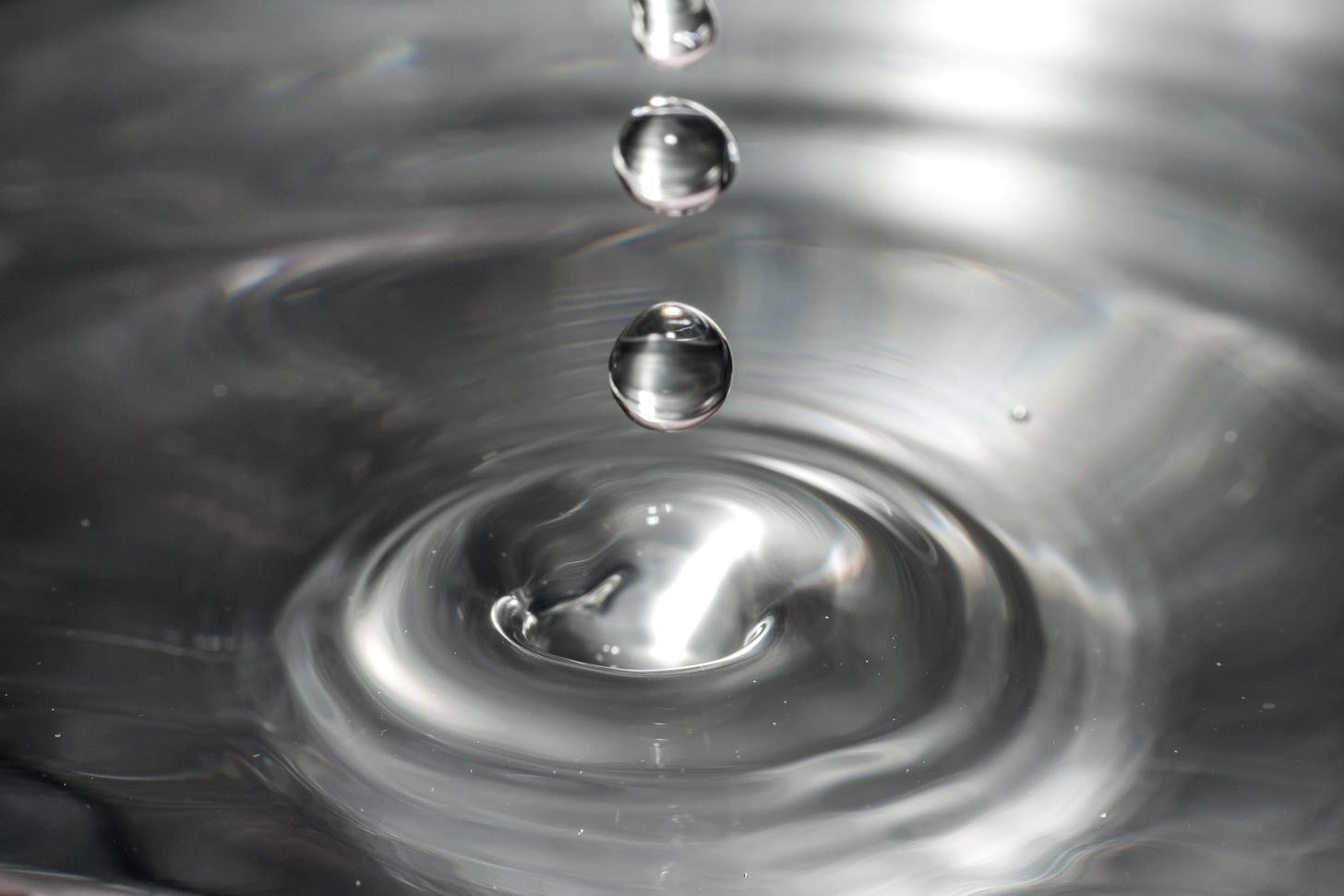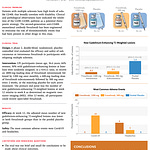As the goalposts or treatment target in MS move beyond focal inflammation, i.e. relapses and/or focal MRI activity, to focus on end-organ damage and smouldering MS, we were hoping that serum neurofilament light chain (NFL) levels would be part of the solution. Maybe not?

In the ASCEND (natalizumab in SPMS) study below the investigators looked at how good serum neurofilament light (NFL) levels were at predicting outcome in study subjects with PIRA (progression independent of relapses) (Gafson et al. JAMA Netw Open. 2022 Feb 1;5(2):e2147588.). In the subgroup of study subjects with no relapses or MRI activity, i.e. inactive SPMS, serum neurofilament levels did not predict outcome and hence can’t be considered a useful biomarker of smouldering MS. In comparison, in so-called ‘active’ MS populations - both RRMS and active-SPMS/PPMS - raised serum NFL levels are temporally associated with both relapses and MRI activity and hence raised serum NFL are more of an inflammatory than a neurodegenerative biomarker.
There are some caveats to this data. (1) Firstly, relapses and MRI activity (new or enlarging T2 lesions and/or Gd-enhancing lesions) are not the only measures of MS disease activity. New inflammatory lesions may be too small to be detected by MRI. In our centre, about 10% of subjects with inactive MS have raised spinal fluid NFL levels, which we interpret as being raised due to MS disease activity and we refer to these patients as having ‘biochemically-active’ MS.
(2) Secondly, the trial subjects in this study were quite advanced with most having an EDSS of 6.0 or 6.5, which indicates that they had very little reserve capacity. In other words, they had lost a lot of neurons, axons and synapses in their spinal cords. This is important because NFL is also a bulk marker, i.e. NFL is released in small quantities in proportion to how many surviving neurones, axons and synapses there are. NFL is not only a damage marker. However, as you lose neuronal and synaptic bulk the so-called physiological or background levels of NFL fall. We and others have noticed this in the spinal fluid of patients with advanced MS where we often find excessively low levels of NFL; lower than what we see in normal age-matched subjects.
A good analogy of a bulk-marker in neurology is the levels of muscle enzyme CK (creatine kinase) that are released in patients with muscular dystrophy. Levels are very high early in the disease, but as muscle bulk shrinks or atrophies with time CK levels start to fall and become very low during the end stages of the disease as there are too few surviving muscle fibres to release CK.
The phenomenon of falling serum NFL levels as disease advances is seen in motor neurone disease (MND). Early in MND serum levels of NFL are very high and with time as the pool of anterior horn cells or motor neurones is depleted the serum NFL levels start to fall (Benatar et al. Neurology. 2020 Jul 7;95(1):e59-e69.). I suspect the same thing is happening in SPMS, i.e. in this subgroup of patients with advanced inactive SPMS from the ASCEND trial.
(3) A third factor, which is an often-overlooked phenomenon, are autoantibodies or anti-NFL antibodies that change the kinetics of circulating NFL. In most degenerative diseases that release structural proteins such as NFL, the body’s immune system makes antibodies against the released proteins. The theory is these antibodies help clear up the damaged proteins and reduce their circulating half-life. We and others have shown that anti-NFL antibodies are common in patients with MS, including SPMS, and are associated with disease progression (Puentes et al. BMJ Neurol Open. 2021 Nov 11;3(2):e000192.). These antibodies are likely to reduce the circulating half-life of serum NFL and falsely lower blood NFL levels, by trapping NFL’s in immune complexes or by increasing their clearance via so-called scavenger or immunoglobulin Fc-receptors on macrophages. Please note this study did not correct or adjust for an anti-NFL response.
So just before we throw the baby out with the bathwater it may be worth reanalysing the data from this study adjusting for neuroaxonal and synaptic bulk, possibly by using other biomarkers or clinical scores, and for the peripheral anti-NFL antibody response. As the anti-NFL antibody response is a predominantly peripheral response these results don’t tell us much about the utility of CSF NFL levels in smouldering MS and whether or not CSF NFL levels would be more sensitive to change than peripheral NFL levels.
So I am not going to take sides just yet. I will choose to sit on the fence and say we can’t ignore NFL levels in smouldering MS. The interpretation of serum and CSF NFL levels needs to be much more nuanced than what has been reported in this study.
Finally, we as an MS community need a ‘deep think’ about where we go from here in developing markers to detect and quantify the smouldering component of MS.
NOTE: Please remember that smouldering MS is more than progression independent of relapses (PIRA). PIRA is a construct, or derivative, of the EDSS and other outcome measures in clinical trials. Whereas smouldering MS refers to both PIRA and other markers of ongoing end-organ damage, such as progressive brain volume loss, grey matter loss, thalamic atrophy, slowly expanding lesions, raised CSF neurofilament levels, cognitive decline, retinal nerve fibre layer thinning, worsening neurological function using neurological stress tests (walking distance, running speed, hand-eye coordination, balance tests, .... ) and other emerging clinical outcome measures and imaging biomarkers. It is important to realise that you can have a stable EDSS (no PIRA) and you can still be getting worse from smouldering MS. This is why I prefer the term smouldering MS to PIRA and don’t refer to them as synonyms. Smouldering MS is so much more than PIRA.
Article of interest
Subscriptions
I am using the paid subscriptions to administer the MS-Selfie Newsletter and associated MS-Selfie microsite that is currently in development. If you are an active paying subscriber thank you, your contribution is much appreciated.
The funds are being used to pay a professional medical writer to curate, rewrite and transfer the contents of the Newsletter onto a companion MS-Selfie microsite, which is being designed and maintained by a freelance web designer.
If you find these Newsletters helpful and want the wider MS community to continue to have access to all content I would encourage you to become a paid subscriber. Thank you.
General Disclaimer: Please note that the opinions expressed here are those of Professor Giovannoni and do not necessarily reflect the positions of Barts and The London School of Medicine and Dentistry nor Barts Health NHS Trust. The advice is intended as general advice and should not be interpreted as being personal clinical advice. If you have problems please tell your own healthcare professional who will be able to help you.














Share this post